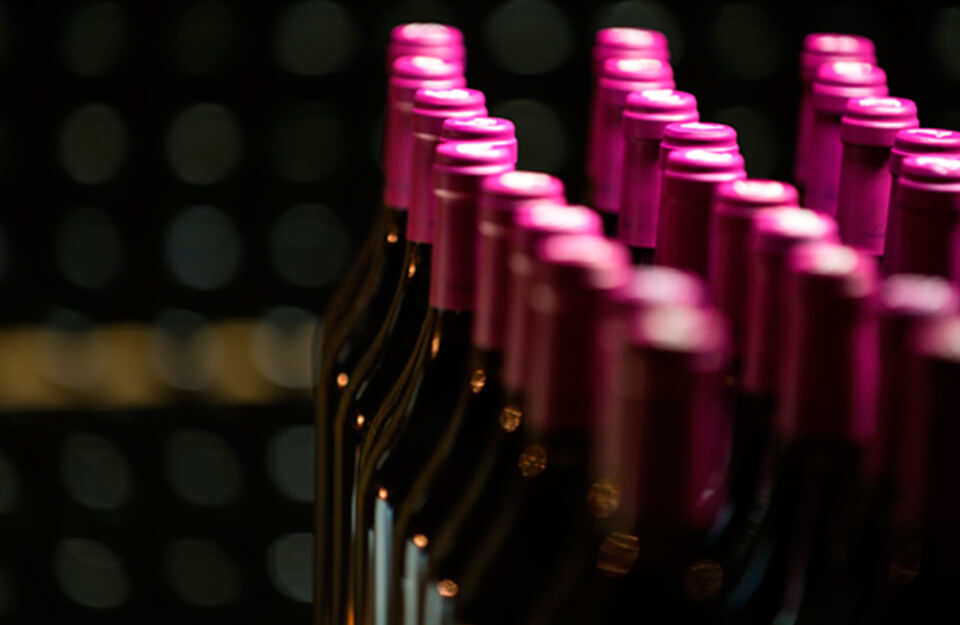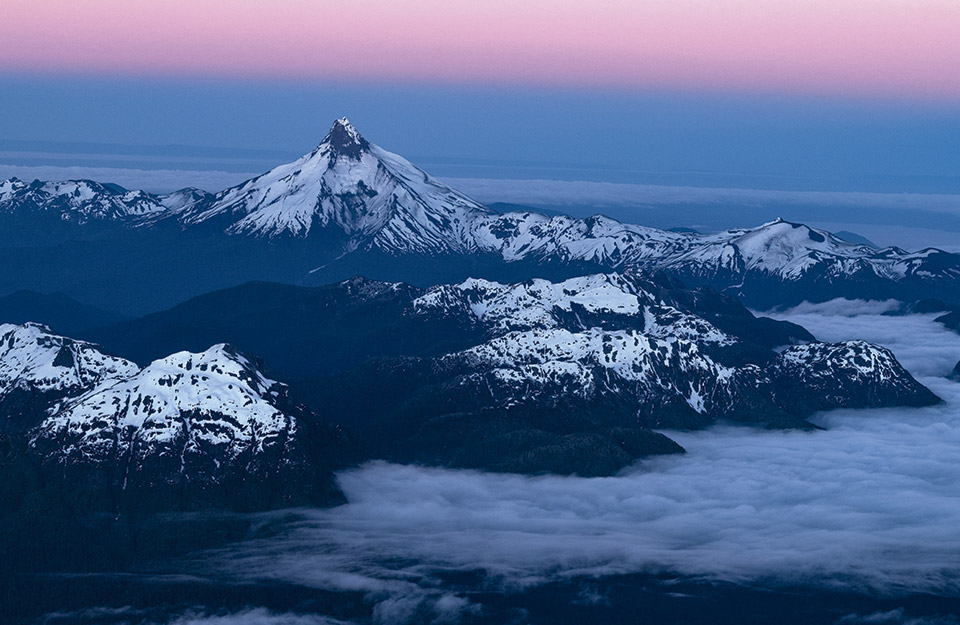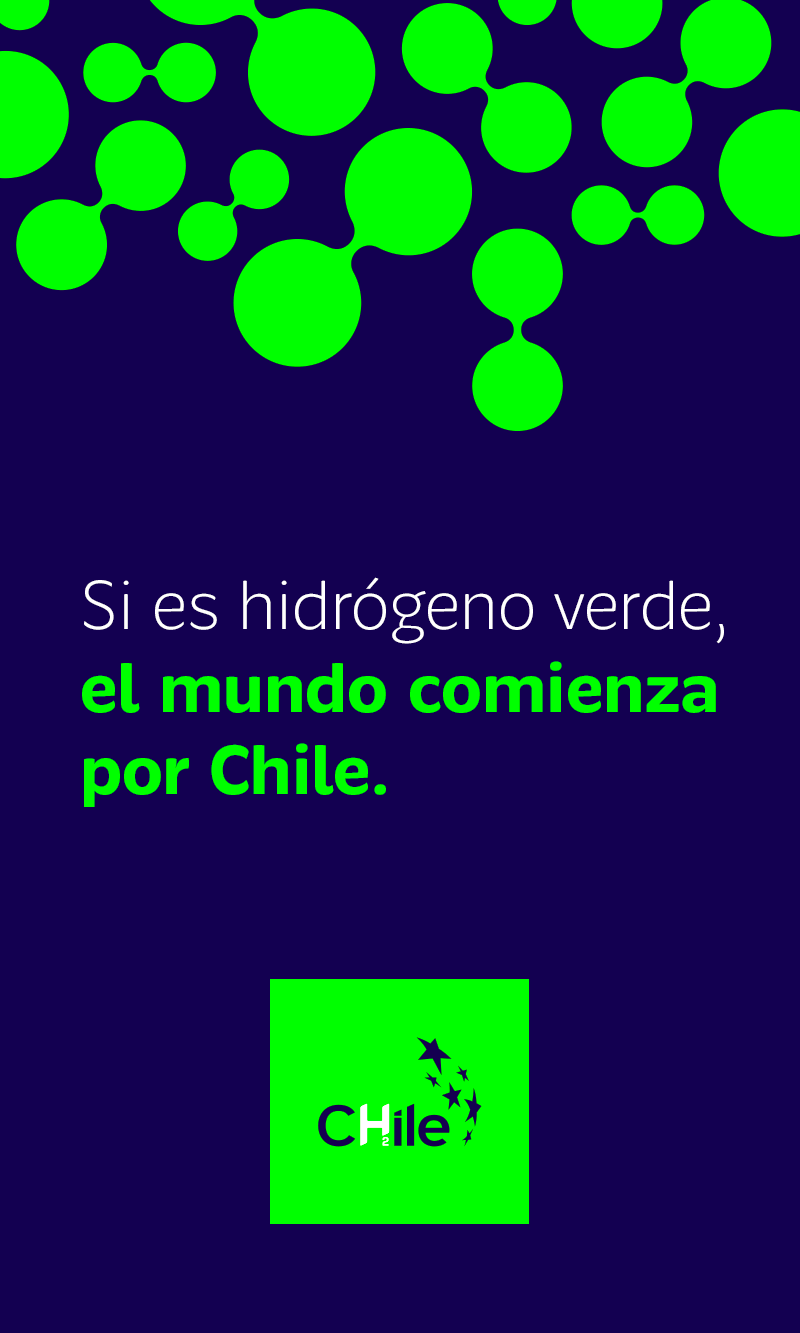
In the case of Chile, it is said that the introducer was the friar Francisco de Carabantes who brought stakes from Peru to the port of Talcahuano. From there, stakes were moved to Santiago where they were planted in areas surrounding the buildings that had been built by the conquistadors.
The first Chilean winegrower was Rodrigo de Araya, as stated in the Act of Foundation of Chilean Wine, discovered in the Archive of the Indies by the historian José Toribio Medina. If your intention is to get to know the types of wines of Chile, the best thing to do is to start with the most classic grape varieties, which to this day are the favorites of tourists who visit our country.
Here is a complete guide to Chilean wine:
Sauvignon Blanc
This white wine grape grows in Chile predominantly in the north and east of Santiago. Sauvignon blanc comes from the Loire region of France (Sancerre) and is the most popular white wine variety worldwide. It is characterized by aromas of hay and gooseberry, as well as intense acidity.
Chardonnay
It is known as the "best white wine variety in the world", is found in several countries and produces tasty wines, for every palate. Originally, Chardonnay became known through great products such as the white burgunder (Chablis, Meursault). In Chile, the Casablanca Valley offers ideal conditions for this strain. Its properties include its neutral aroma, which can be slightly melon-like, even exotic, and excellent acidity.
Cabernet Sauvignon
This red wine variety comes from France (Bordeaux) and has embarked on a triumphant path around the world. From Italy, through California to Australia, this variety is used for the production of excellent red wines. In Chile, Cabernet has been cultivated for approximately 150 years and grows on vines with their true roots. The warm climate, low productivity and well-ripened grapes represent an excellent raw material for winemakers. This variety gives rise to fruity wines with a high concentration of tannins. The aroma of these wines is marked by blackcurrant, and Chilean vines have a characteristic aroma of eucalyptus.
Merlot
Like Cabernet, this variety also comes from the French region of Bordeaux, and is also called the "younger sister" of the Cabernet variety. In Chile, it is the second most important among the noble varieties. Of course, when the vineyards are very productive, they are more like simple table wines. In total, Merlot has a milder flavor and a less angular aroma than Cabernet Sauvignon.
Carménère
The carménère grape variety is the registered trademark of Chilean wines, originally from the French region of Médoc, but the species was exterminated in Europe by phylloxera in the 19th century. However, in 1994 a French winemaker discovered authentic specimens of this variety in Chile, but until then they had been considered as merlot. Since then, carménère has been produced in the vineyards south of Santiago at a high level. Its characteristics are an intense red color with a berry aroma, it is also fruity and intense. The concentration of tannins is not as high as in Cabernet Sauvignon, which makes it a light, well-feeling wine. Finally, it is recommended to drink it young.
Pinot Noir
This thin-skinned grape, which owes its name to the cone shape in which it grows, reacts extremely sensitive to variations in temperature, soil types, pruning, which is why it is considered the most "capricious" variety in the world. For these reasons, little Pinot Noir is produced in Chile.
Under the best conditions, Pinot Noir gives rise to very harmonious, velvety, smooth wines, with a fascinating fruity aroma and a low concentration of tannins.
Syrah
Despite the fact that these wines are considered by connoisseurs to be one of the best in the world when their grapes reach perfect ripeness, the production of Syrah is complicated, as the vines do not withstand little sun, nor much. The southern hemisphere, with its more stable climate, offers better conditions for growing this strain. Regarding its qualities, Syrah wine has a dark color and a high concentration of tannins, its red currant aroma is intense.
Riesling
This noble variety for white wine from Germany is one of the most important in the world. In Chile, riesling is mainly grown in the colder valleys south of Santiago: Rapel, Curicó and Maule. Riesling has greenish to golden undertones and its flavor is light and fresh, sometimes mineral. Its aroma is marked by various citrus varieties, such as grapefruit and lemon, as well as notes of apple and passion fruit.
Sweet wines
It's not just the classics that are among the best chili wines. There are today on the market a wide variety of wines from "non-traditional" varieties that give more color to the rich variety of national wines.
Sweet White Wine
All sweet wines have at least two things in common: the high sugar level of the harvested grape and that the fermentation process must be cut short before the yeasts transform all the sugar into alcohol.
Late Harvest
It is not actually a vine, but refers to the fact that it is made with the last harvested grapes, almost before they become raisins. Consequently there is a higher concentration of sugars, which makes it a very sweet wine, ideal to accompany desserts and cakes.
What are the best Chilean wines?
It is no mystery to anyone that the best Chilean wines are now recognized worldwide. The benefits of our climate in the central area make this a fertile land to find flavor, texture, aroma and quality.
The 6 Best Chilean Wines 2017
The editor of The Wine Spectator magazine James Suckling compiled a list of the best wines of the Andes, where in the top 10 places, 6 Chilean wines appear.
- Almaviva, Puente Alto 2015.
- Seña, Aconcagua Valley 2015.
- Clos Apalta, Colchagua Valley 2014.
- Concha y Toro, Cabernet Sauvignon, Puente Alto Don Melchor 2014.
- Chadwick Vineyard, Cabernet Sauvignon, Maipo Valley 2015.
- Montes Carmenere, Colchagua Valley, Purple Angel, 2014.
The full list of the Top 100 can be found here: www.jamessuckling.com






